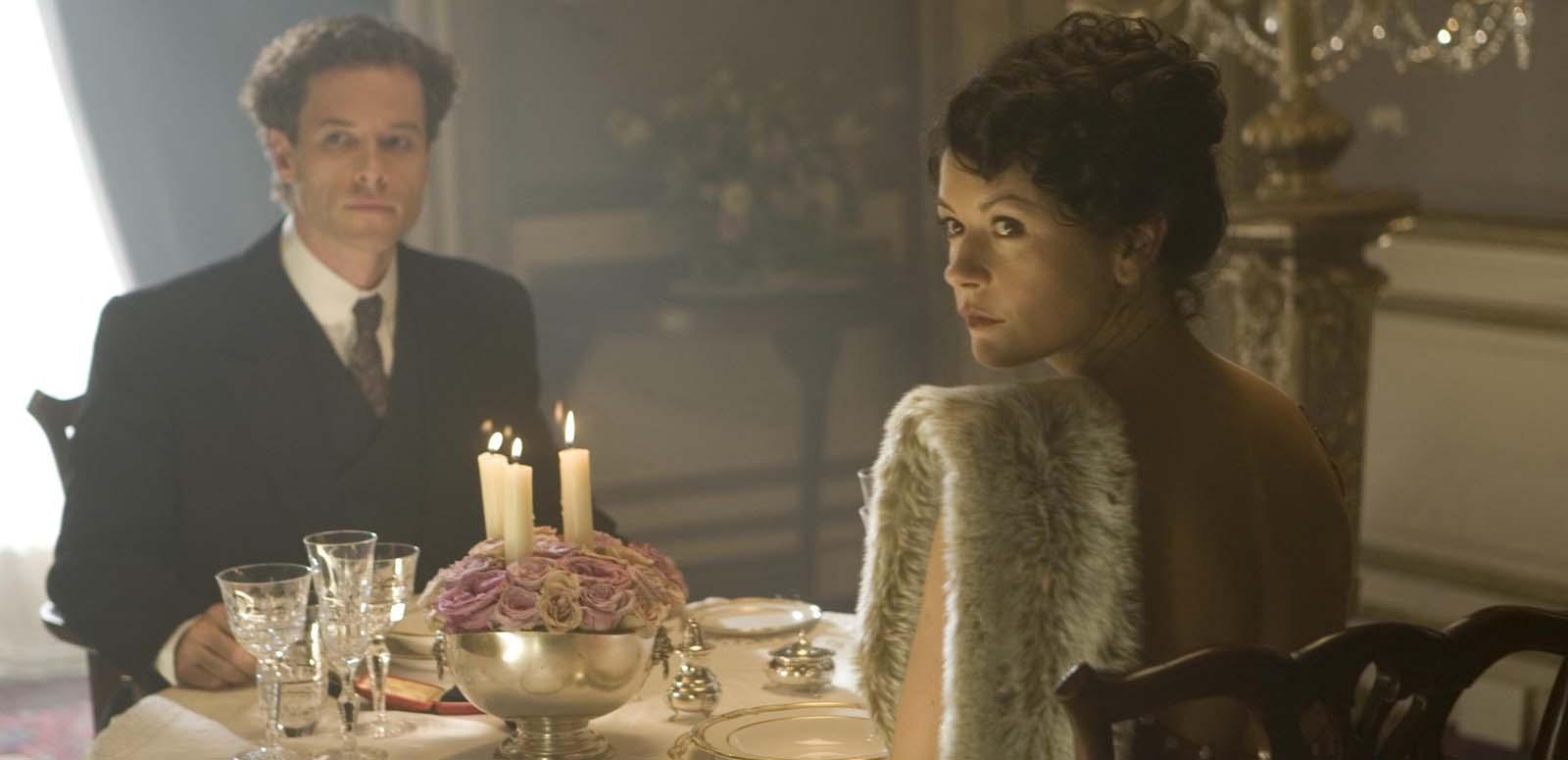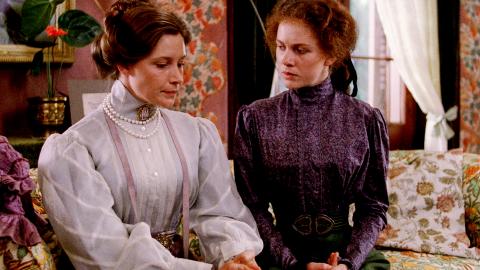

Reflections on Gillian Armstrong
Reflections on Gillian Armstrong
Gillian Armstrong presented a double bill of two of her films at the NFSA in 2010: her 1992 adaptation of Helen Garner’s 'The Last Days of Chez Nous' and her latest instalment in a 30-year series charting the lives of three Adelaide women, 'Love, Lust and Lies'. The NFSA’s Senior Film Historian, Graham Shirley, reflected on Gillian’s films and career ahead of the screenings.
I first met Gillian Armstrong in early 1973, when we were among the lucky 12 chosen for the Interim Training Scheme of what was then known as the Australian Film and Television School, now the AFTRS. Gillian galvanised everyone’s attention with her first Film School film, One Hundred a Day (1973), with its striking, well-composed black-and-white images and an atmosphere that compellingly drew audiences back into the Sydney of the early 1930s. Out of all 12 students, I think that Gillian was always the most thorough when it came to preparing for a shoot. Her attention to detail was highly impressive, and I remember one veteran cameraman telling me he had never before worked with a director so decisively able to express what they wanted.
Each of Gillian’s three Film School films in 1973 in a sense provided a template for what she would go on to achieve in the next four decades. The vital re-creation of time and place in One Hundred a Day was enhanced in her subsequent historical films My Brilliant Career (1979), Mrs Soffel (1984), Little Women (1994), Oscar and Lucinda (1997), and Death Defying Acts (2007, pictured above). Her observational documentary Satdee Night (1973) would be followed by five documentaries about three Adelaide women, starting with Smokes and Lollies (1976) and finishing with Love, Lust and Lies (2010). The contemporary drama she made at the end of the Film School year, Gretel (1973), would be followed by other contemporary films including The Singer and the Dancer (1977), Starstruck (1982), High Tide (1987), and The Last Days of Chez Nous (1992).
In a film industry where male directors have always been more numerous, Gillian’s success as a filmmaker has encouraged women around the world to enter the industry as directors. All of her films have featured complex, believable central women striving to make a difference to their own and other people’s lives. Some of these women, like the central figures of My Brilliant Career, Starstruck and The Last Days of Chez Nous, have challenged a status quo or struggled to have other people understand what makes them tick. Others, like the four daughters and mother in Little Women, survive via the mutual support they develop in the reduced circumstances of the American Civil War.
Set in the Sydney of the early 1990s, The Last Days of Chez Nous, scripted by Helen Garner, shows three women who support as well as challenge each other. The film’s opening skilfully implies that significant change is on the way for these women, but that the path to that change will not be straightforward – just as in real life.
Gillian’s five documentaries on three Adelaide women (Kerry, Josie and Diana), starting with Smokes and Lollies in 1976 and now with Love Lust and Lies, symbolises the change to Australia since the 70s. A thematic cousin to the British Seven Up! series of documentaries that began in 1964, Gillian’s is the only set of Australian films that has gone back to the same people five times to capture not only a snapshot of those people at the time of filming but also the changes to them, their lives, lifestyles, attitudes, children and partners between each film.
The National Film and Sound Archive of Australia acknowledges Australia’s Aboriginal and Torres Strait Islander peoples as the Traditional Custodians of the land on which we work and live and gives respect to their Elders both past and present.


